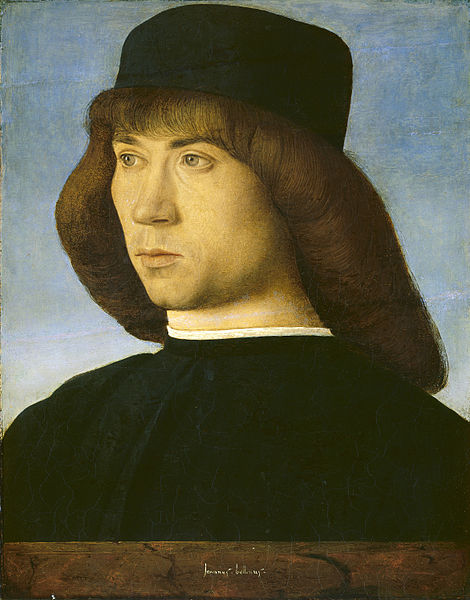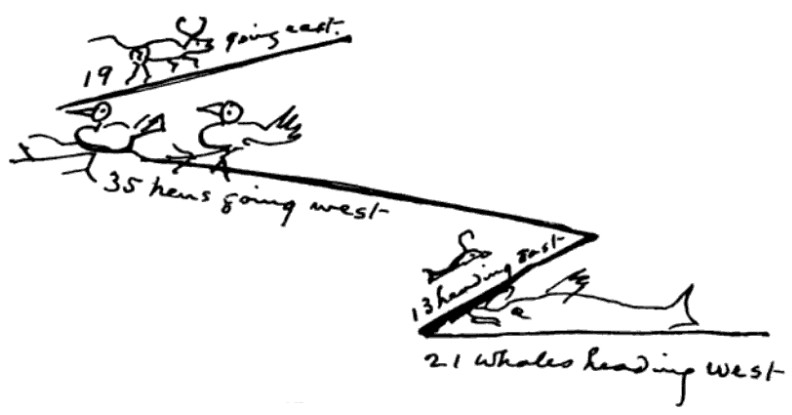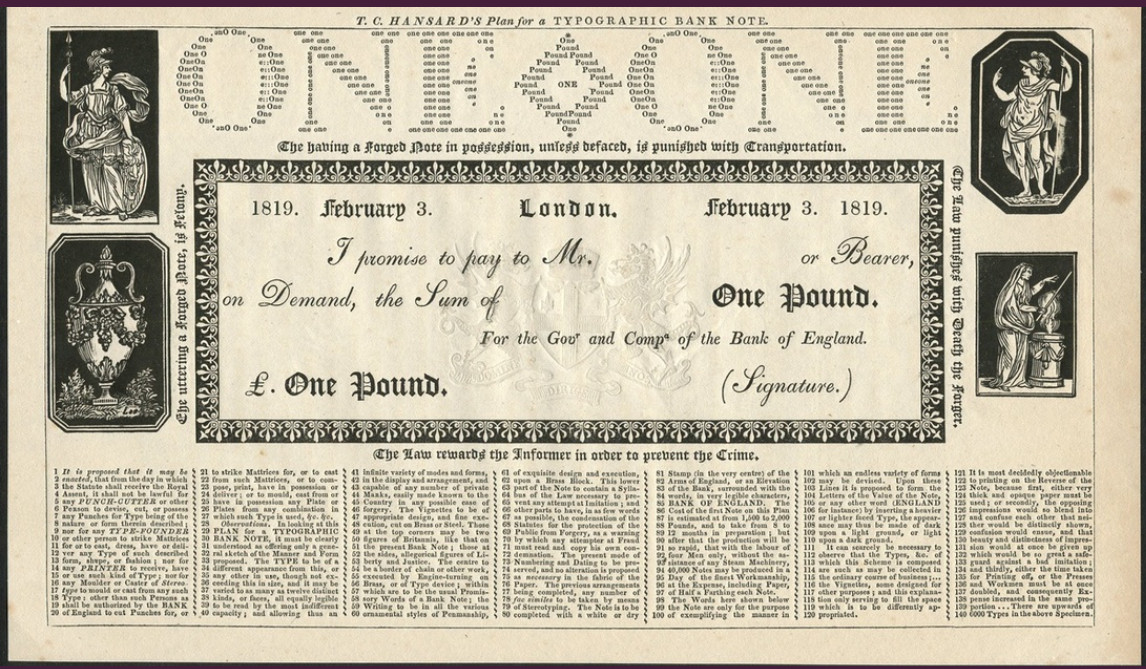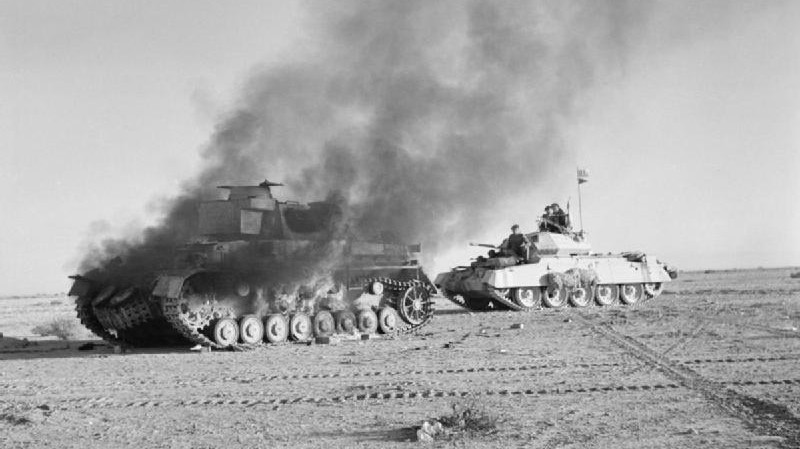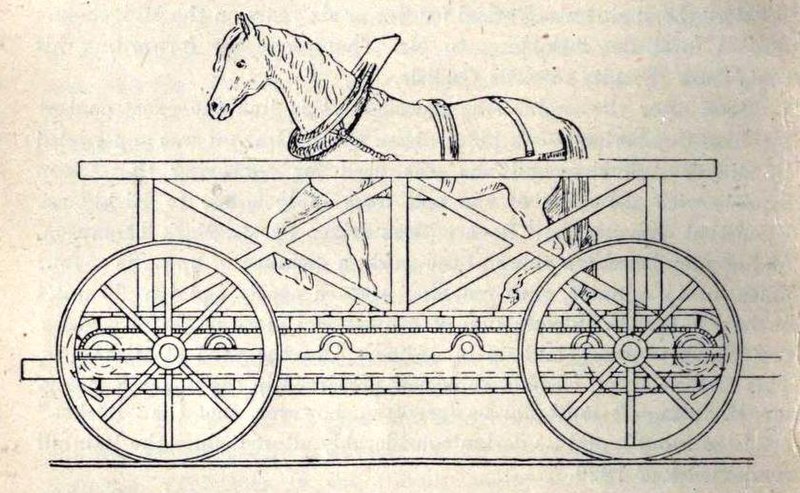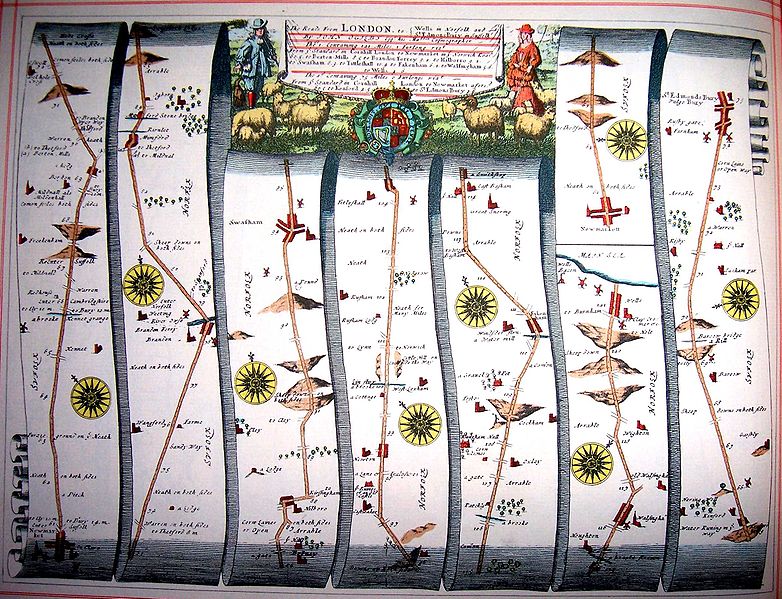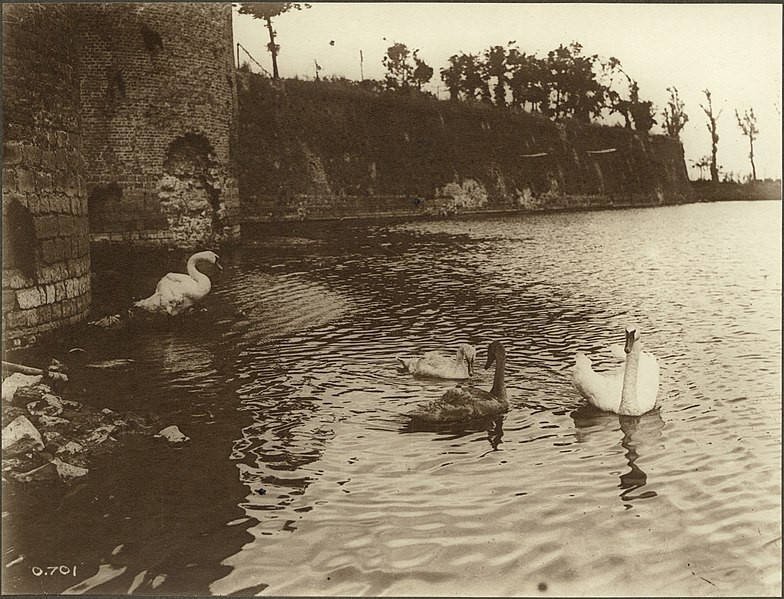The Fireside Book of Humorous Poetry contains this resonant scrap of anonymous verse:
John Wesley Gaines!
John Wesley Gaines!
Thou monumental mass of brains!
Come in, John Wesley
For it rains.
In The American Treasury, Clifton Fadiman writes, “Mr. Gaines is believed to have been a Congressman.” And lo, a John Wesley Gaines did indeed serve in the House, representing Tennessee’s 6th district from 1897 to 1909. A Washington journalist wrote in 1907, “Down in Tennessee they started a song about Gaines which found its way to Washington, and every now and then you’ll hear some one giving him a line of it just to liven things up a bit.”
Gaines is largely forgotten today, but I find that gimlet little rhyme in 18 different treasuries. I wonder who wrote it.

